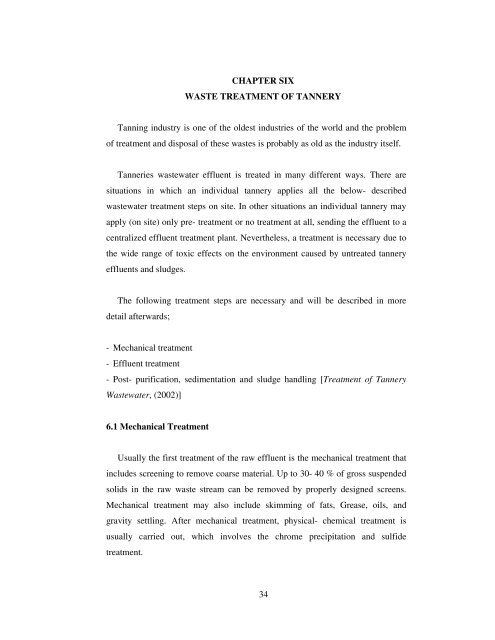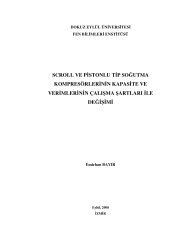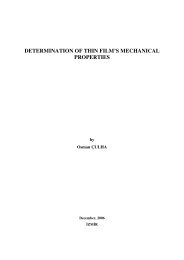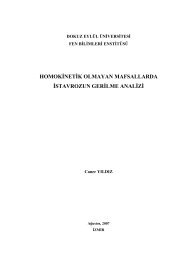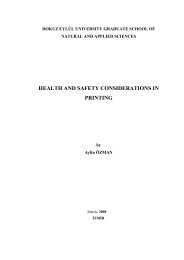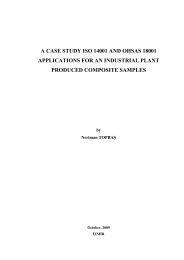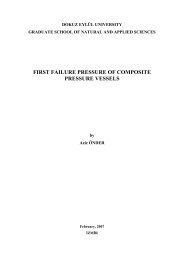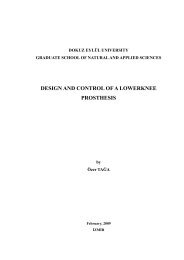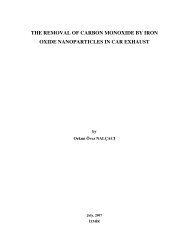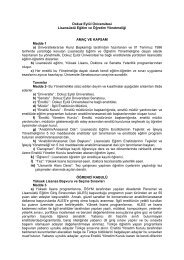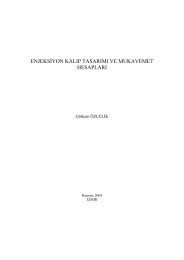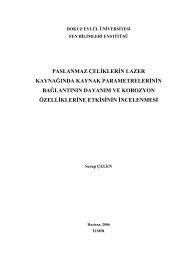WASTE MANAGEMENT IN LEATHER INDUSTRY
WASTE MANAGEMENT IN LEATHER INDUSTRY
WASTE MANAGEMENT IN LEATHER INDUSTRY
You also want an ePaper? Increase the reach of your titles
YUMPU automatically turns print PDFs into web optimized ePapers that Google loves.
47CHAPTER SIX<strong>WASTE</strong> TREATMENT OF TANNERYTanning industry is one of the oldest industries of the world and the problemof treatment and disposal of these wastes is probably as old as the industry itself.Tanneries wastewater effluent is treated in many different ways. There aresituations in which an individual tannery applies all the below- describedwastewater treatment steps on site. In other situations an individual tannery mayapply (on site) only pre- treatment or no treatment at all, sending the effluent to acentralized effluent treatment plant. Nevertheless, a treatment is necessary due tothe wide range of toxic effects on the environment caused by untreated tanneryeffluents and sludges.The following treatment steps are necessary and will be described in moredetail afterwards;- Mechanical treatment- Effluent treatment- Post- purification, sedimentation and sludge handling [Treatment of TanneryWastewater, (2002)]6.1 Mechanical TreatmentUsually the first treatment of the raw effluent is the mechanical treatment thatincludes screening to remove coarse material. Up to 30- 40 % of gross suspendedsolids in the raw waste stream can be removed by properly designed screens.Mechanical treatment may also include skimming of fats, Grease, oils, andgravity settling. After mechanical treatment, physical- chemical treatment isusually carried out, which involves the chrome precipitation and sulfidetreatment.34


